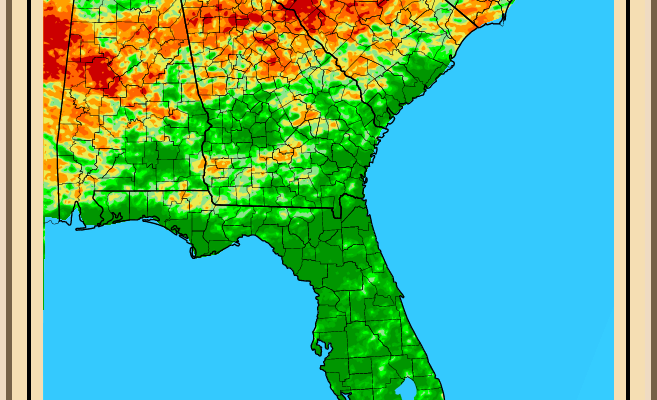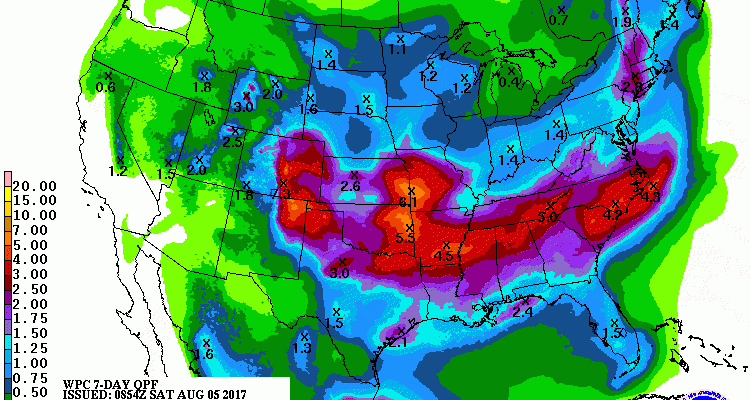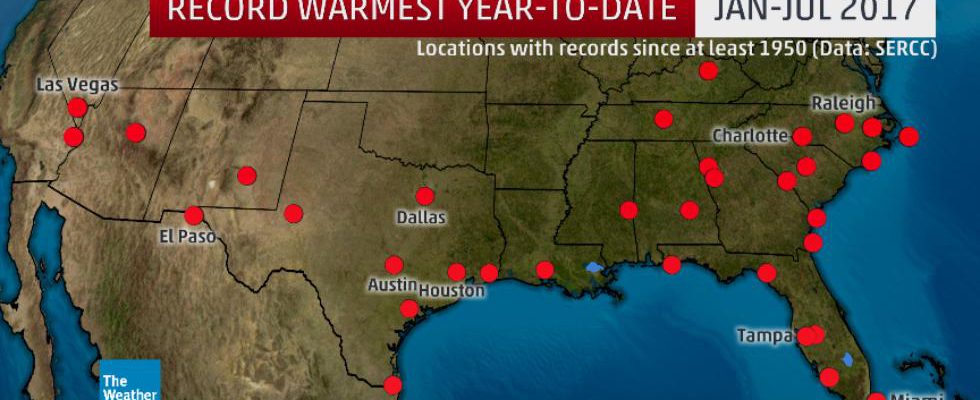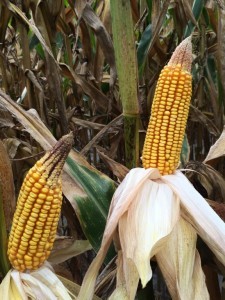-

As I walked out in the yard today I noticed that my vinca ground cover is losing all of its leaves. Even though it has not been that hot (for early August, anyway), the lack of any appreciable rain has taken its toll on the plants. I usually only see those conditions during a drought.…
-

Now that we are entering the peak Atlantic hurricane season, emergency managers and others who have to plan for the impacts of a tropical system need every tool they can get to help assess threats and identify areas of concern before the storm is upon them. NOAA’s Hurricane-Induced Coastal Erosion Hazards tool can help managers…
-

The latest QPF map shows that everywhere in the Southeast should get some rain this week. The heaviest rain should be in northern AL and GA. This is good news for some farmers in that region who have experienced mostly dry conditions in the past week, leading to problems with some crops. Florida got quite…
Posted in: Climate outlooks -

The final Colorado State University hurricane forecast for this year’s Atlantic season was issued this week. It shows a continuation of expected above average numbers, really not much change from their earlier season forecast. Warm water in the Atlantic has passed the 80 F threshold needed for storms to form in many parts of the…
-

Weather Underground posted a story earlier this week noting that over 130 cities around the US were on pace to set new records for high annual temperature based on the January to July period. In addition, another 99 cities are on pace to have their second or third warmest year. Many of these cities are…
Posted in: Climate and Ag in the news -

As part of my new funding from the Southeast Regional Climate Hub, I am looking for projects that relate weather and climate variability to the production and management of crops grown in the Southeast. That could range from grains to fruit to forage and could include both larger commodity crops like corn and specialty crops…
-

Food and Wine reported this week on a new study by Harvard’s School of Public Health which looked at the nutritional content of crops eaten around the world under higher concentrations of carbon dioxide, which is increasing in the atmosphere. The study showed that as carbon dioxide continues to increase, the nutritional content of many…